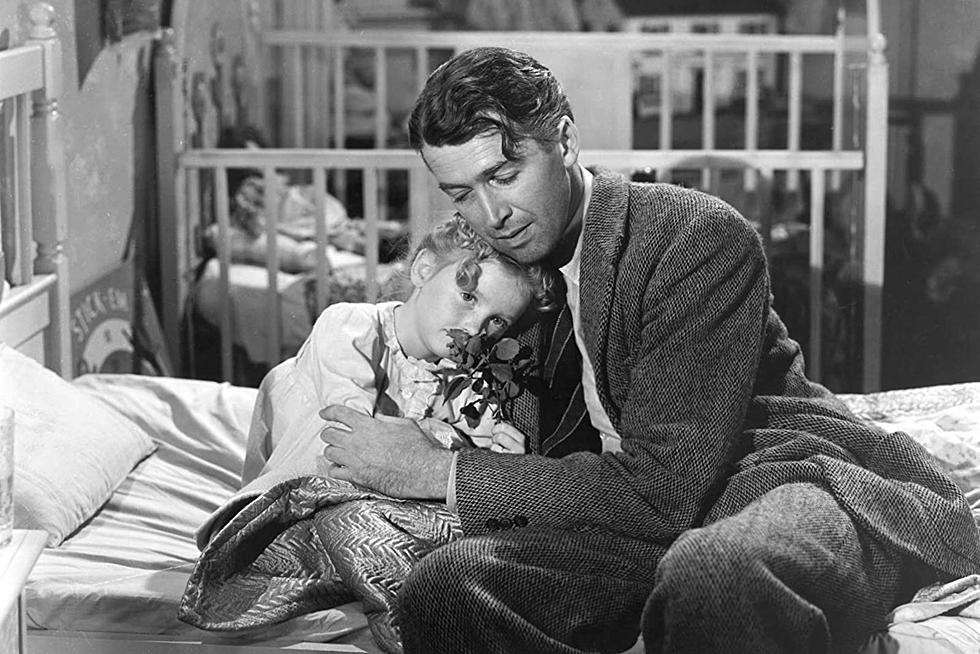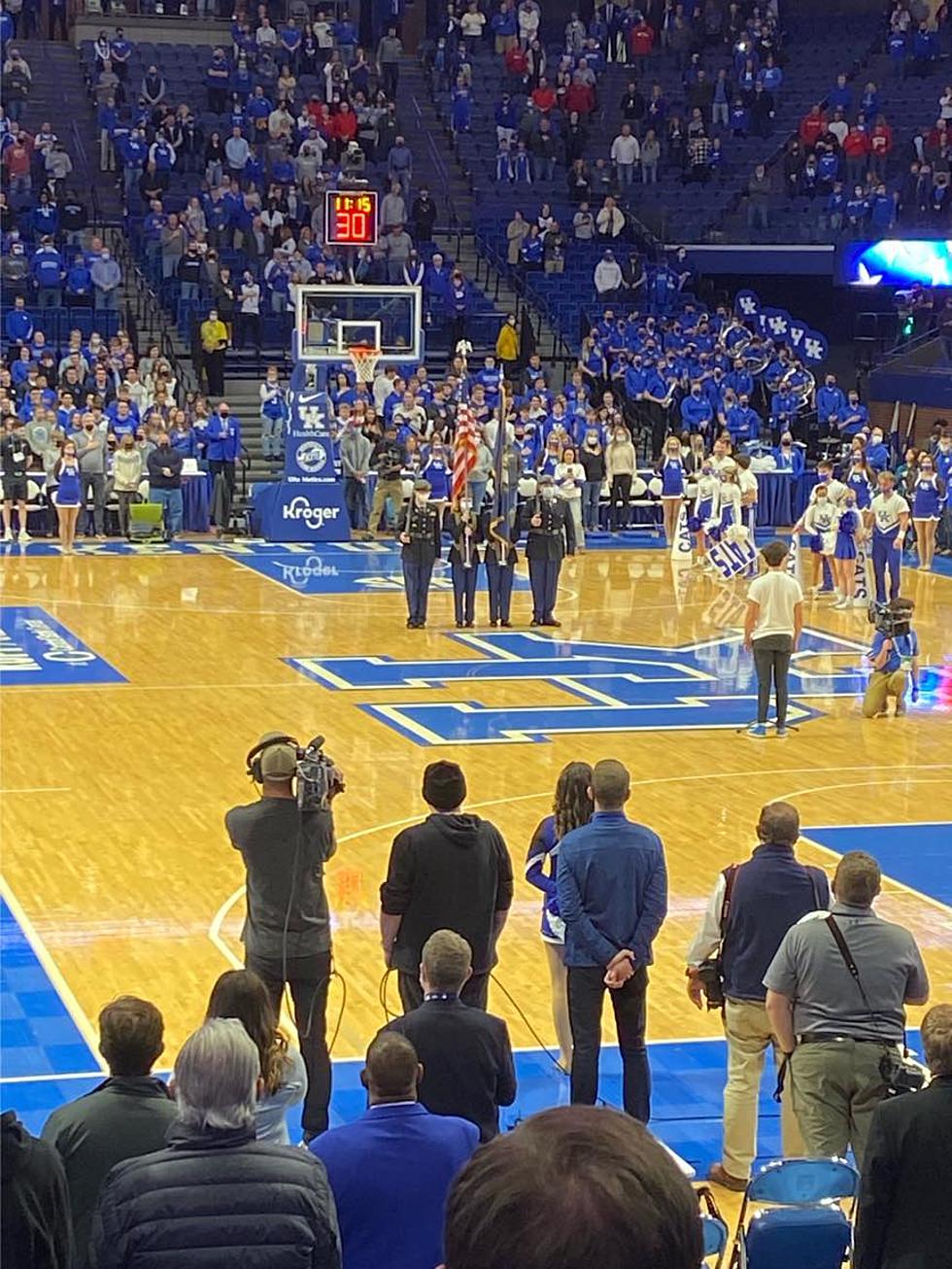
The Bizarre Reason ‘It’s a Wonderful Life’ Became a Christmas Classic
Few films are as widely seen, or as widely beloved, as Frank Capra’s It’s a Wonderful Life. In addition to its status as the consensus pick for the greatest Christmas film in history, it’s also been inducted into the National Film Registry, and was called the third-greatest fantasy film ever by the American Film Institute. Moments, images, and lines of dialogue from It’s a Wonderful Life have become a part of the fabric of American culture. For young people, it might seem like it always have been.
That wasn’t always the case. In fact, It’s a Wonderful Life flopped in theaters when it was initially released in 1946. According to IMDb, the movie grossed just $3.3 million at the box office, not even recouping its $3.7 million budget. The movie was based on a story by Philip Van Doren Stern, who supposedly wrote it in 1939 and then placed copies of it inside of Christmas cards he mailed to family and friends in 1943. As legend goes, Cary Grant found the story and wanted to turn it into the movie, so RKO acquired the rights. Later, the material was sold to Capra’s Liberty Films company as a project for James Stewart.
While some contemporary reviews of It’s a Wonderful Life were positive, audiences were wary about a Christmas tale steeped in so much darkness. Despite the film’s happy ending, much of the story concerns the broken heart of Stewart’s George Bailey, who has selflessly sacrificed over and over throughout his life for the good of others. He finally reaches a breaking point on Christmas Eve, and contemplates committing suicide. He’s saved by a guardian angel, who shows him what life in his little town would have been like had he not been born.
Given the stuff audiences traditionally like to watch on Christmas — sentimental romances, heartwarming family adventures, small children repeatedly hitting wet bandits in the groin — it’s not surprising that It’s a Wonderful Life didn’t catch on with 1940s moviegoers. And it might never have caught on at all, if not for one of the strangest quirks of fate in all of film history: Someone forgot to renew its copyright.
U.S. copyright law gives the author of a work of art 28 years of exclusive protection and rights. After that time, the author or their estate can renew their copyright for another 28 years. If they don’t, it can lapse into the public domain — at which point anyone can publish their own copies of them without having to compensate the author. (William Shakespeare has been dead for centuries, for example, so if you want to publish your own volume of Romeo & Juliet, you go right ahead.)
It’s a Wonderful Life’s initial copyright expired in 1974. And for some reason — no one is exactly sure why, although the assumption is that it was a simple human error — it was not renewed. That meant a film with big stars like Jimmy Stewart and Donna Reed, directed by a major filmmaker like Frank Capra, was now in the public domain. And that meant that anyone could air the film for free.
That’s precisely what dozens of local and cable television stations around the country did. Every year around Christmas from the mid-1970s through the early 1990s, TV listings were filled with endless airings of It’s a Wonderful Life. The more people watched it, the more they grew heartened by the film’s uplifting message about selflessness, generosity, and community. By the mid-1980s, the annual ritual of It’s a Wonderful Life’s TV broadcasts had transformed the film from one of Capra’s forgotten gems to one of the most celebrated American movies in history.
The film became so popular by the 1990s, in fact, that it essentially grew too valuable to remain in the public domain without someone trying to reclaim it. Sure enough, in 1993 Republic Pictures announced that it held the exclusive rights to It’s a Wonderful Life, despite the fact that the movie had been in the public domain for 20 years. How’d they pull that off? TCM.com explains...
Citing a 1990 Supreme Court ruling involving the 1954 film Rear Window, Republic claimed that because it held the rights to both Van Doren Stern's short story and the music used in the film-and possessed the original negative-it effectively owned the picture. Unauthorized video copies of the film were destroyed, and the NBC network acquired exclusive television rights.
From the mid-1990s on, stations that tried airing It’s a Wonderful Life without a rights fee faced potential legal action from Republic Pictures. And so dozens of airings eventually became just the one on NBC. By that point, though, It’s a Wonderful Life was already considered a masterpiece. But just think: If someone had remembered to fill out a copyright extension, it might never happened at all. Can you imagine a world where It’s a Wonderful Life was just some random Frank Capra movie? If only we had a guardian angel to show us what our lives would be like if It’s a Wonderful Life’s copyright had been renewed in 1974.
The Most Popular Christmas Movies of All-Time

More From WOMI-AM




![Little Debbie and A Christmas Tree Cake Dance Inside A Waffle House [VIDEO]](http://townsquare.media/site/71/files/2021/12/attachment-Little-Debbie-and-Christmas-Tree-Cake.jpg?w=980&q=75)





